Chipotle, Cava, and Sweetgreen are all confronting a marked consumer spending slowdown in 2025, evident in disappointing sales, flat or declining customer traffic, and lowered forecasts.
This reflects a broader malaise in the fast-casual sector, where value-driven diners are pulling back, and macroeconomic headwinds are pressuring even the strongest brands.
Chipotle
- Q2 same-store sales dropped 4%, steered by a 4.9% fall in transactions despite modest check averages ticking up.
- CEO Scott Boatwright directly linked the decline to consumer caution.
“I think the underlying trend … is really tied to the consumer sitting on the sideline,” he said, citing increased price sensitivity, an uncertain economic climate, and the challenge of lapping last year’s promotional successes. “Many are preserving cash because of the unknown, or potential consequences, downstream consequences, intended or unintended from the current administration. And so you’re seeing a pullback, a market pullback, at present.”
Economic trends prompted Chipotle to lower its full-year projections.
Leadership is focusing on new marketing initiatives and menu innovation to recapture traffic, but remains cautious about the economic environment.
Cava
- Q2 same-restaurant sales rose just 2.1%, a steep fall from prior years, with traffic essentially flat and growth driven mainly by pricing and menu mix.
- CFO Tricia Tolivar said macro volatility and consumer reticence weighed on traffic.
In interviews around their earnings call, company leaders emphasized the “fog and uncertainty” facing customers and cited weakened confidence and comparisons to a very strong prior year as primary factors behind the guidance cuts.
Sweetgreen
- Q2 same-store sales sank 7.6%; traffic was down 10.1%. Despite menu pricing moves, revenue barely grew and losses widened. Full-year outlooks were lowered again, now projecting a 4%–6% decline in same store sales.
- CEO Jonathan Neman said: “I think it’s pretty obvious the consumer is not in a great place overall” and the poor results reflect “the convergence of several external headwinds and internal actions” including a “more cautious consumer environment.”
- Company leaders also pointed to slumping office lunch demand in urban cores and consumer desire for deeper value at higher prices.
What’s driving this?
Major drivers of the slowdown across these chains:
- Economic uncertainty, value hunger: Consumers are cautious. Price sensitivity is widespread, including among higher-income diners, while economists cite recession risks and tariff concerns as pressuring discretionary spending.
- Persistent inflation and elevated costs: Many customers “feel the pinch” of inflation, resisting frequent dining out and gravitating toward deals or groceries.
- Workplace shift: Chains heavily reliant on urban office lunches (notably Sweetgreen) struggle as hybrid work persists, shrinking prime business for those locations.
- Tough comparisons: Last year’s popular menu launches created unusually difficult sales benchmarks for Chipotle and Cava this year.
- Tariffs & consumer headwinds: New tariffs and related cost pass-throughs have intensified price pressures, with several company execs noting it as a material macro threat.
The bigger consumer picture
Fortune’s previous reporting highlights several themes:
- “Budget shopping era:” Americans are still spending, but with greater scrutiny, prioritizing deals and essentials above discretionary splurges.
- Restaurant chains have slowed price increases and beefed up value promotions, but many lower- and middle-income guests remain “on the sideline.”
- Cautious optimism is being replaced by worry—about tariffs, cost increases, and the risk of recession—as 33% of U.S. households are now actively trimming budgets for restaurants and other extras.
- “Fun-seeking” spending is falling not by choice, but by necessity, as rising debt and job-market jitters erode confidence; therefore, restaurant chains must lean hard on customer loyalty and value incentives.
Chipotle, Cava, and Sweetgreen are each navigating a fraught, value-obsessed consumer landscape where inflation, hybrid work, tariff anxiety, and changing spending priorities are dulling appetite for $12–$16 lunches. Even high-income customers are demanding better value. Company leaders are on record maintaining cautious, if proactive, outlooks—emphasizing value, digital engagement, and menu innovation—but industry-wide headwinds and caution suggest a bumpy road ahead.
For this story, Fortune used generative AI to help with an initial draft. An editor verified the accuracy of the information before publishing.
This story was originally featured on Fortune.com

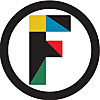 1 hour ago
1
1 hour ago
1

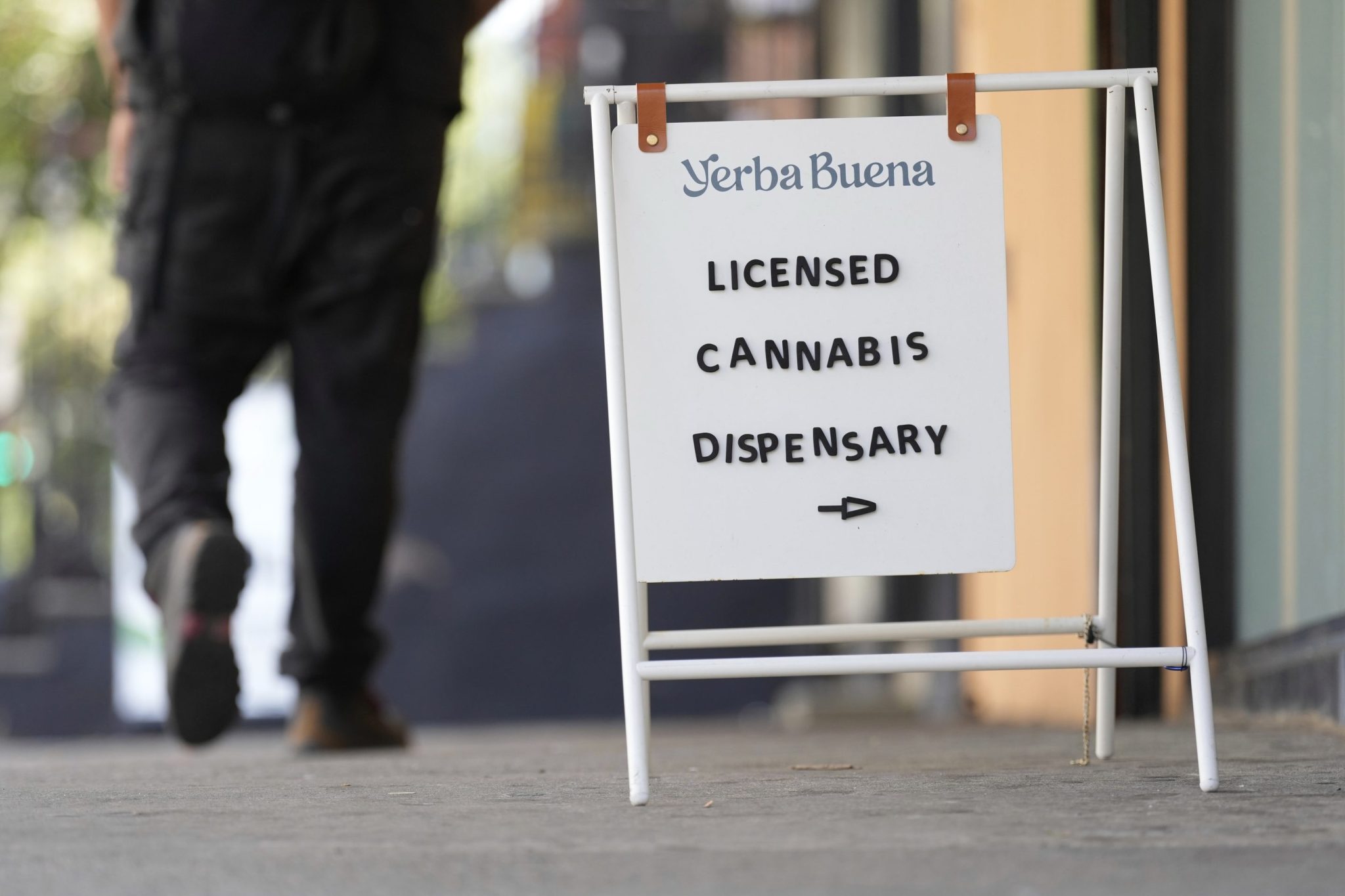
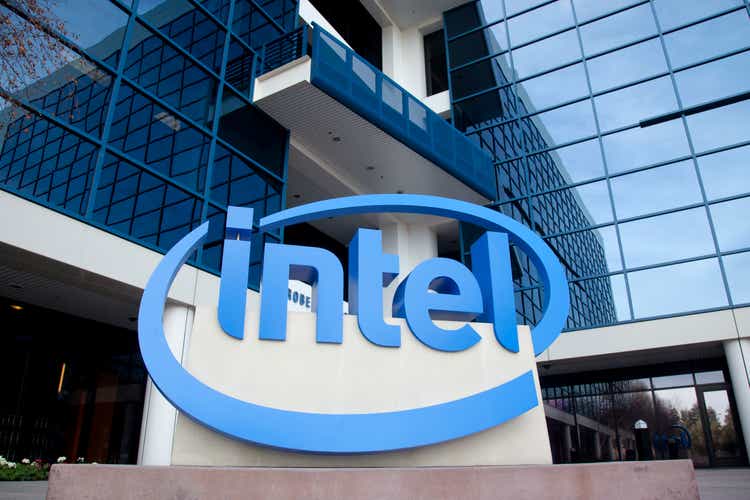
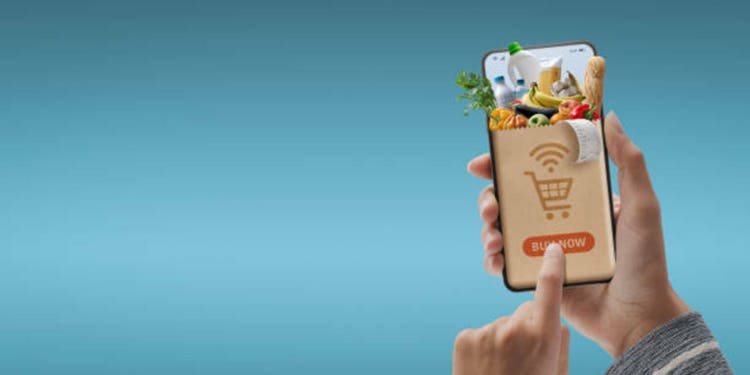
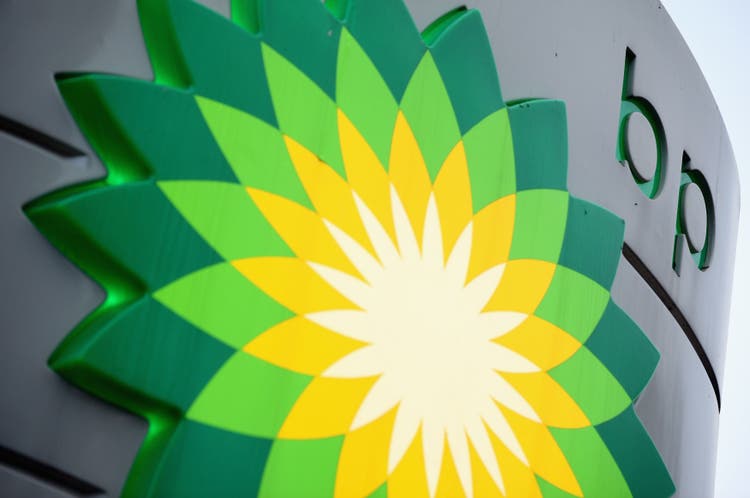
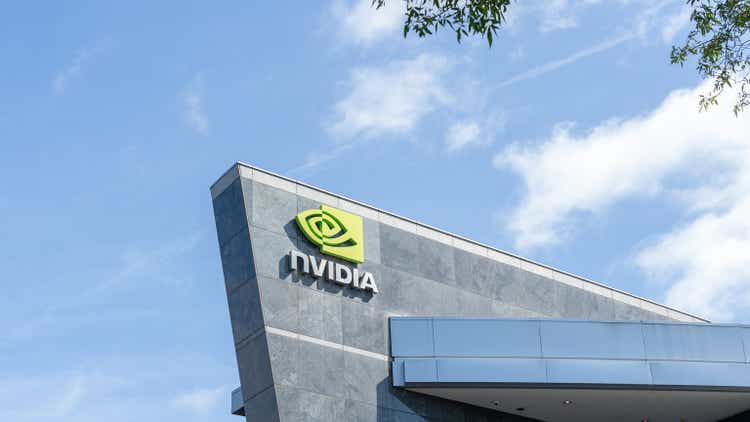

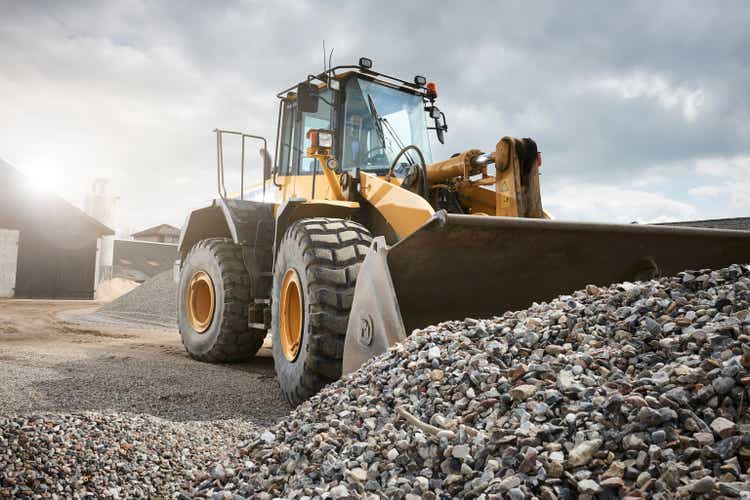

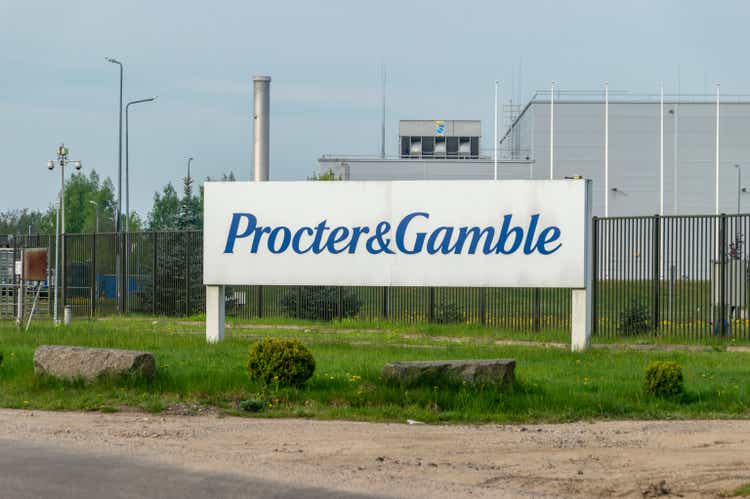

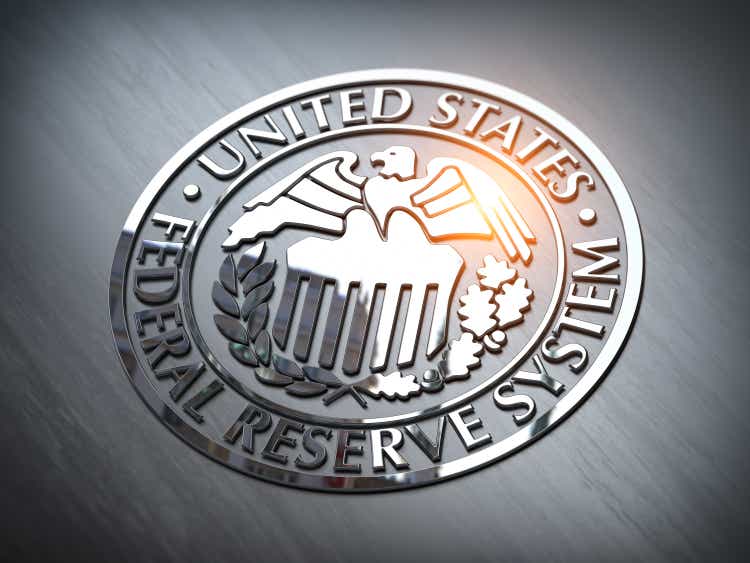

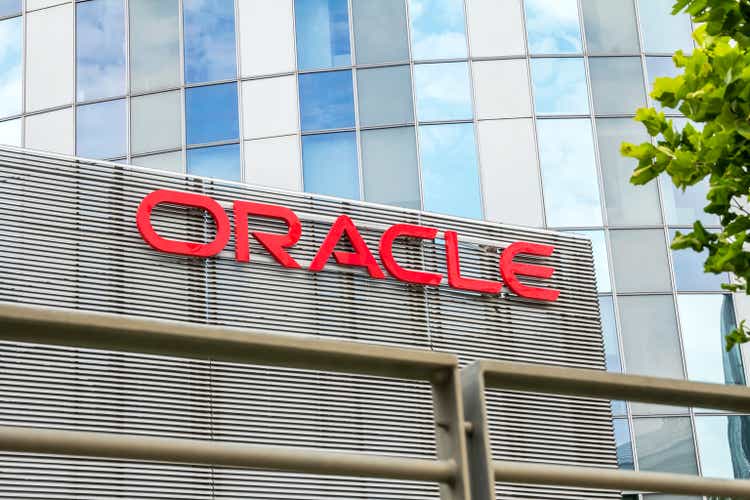
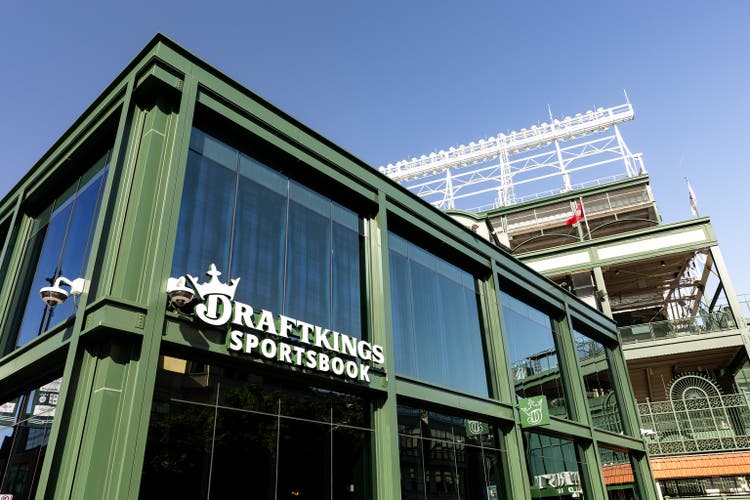

 English (US) ·
English (US) ·